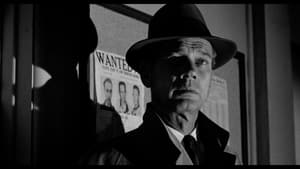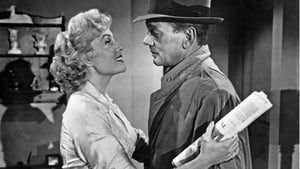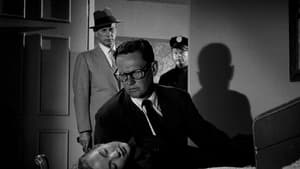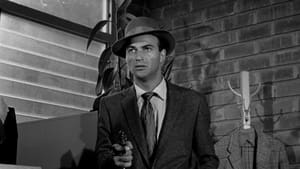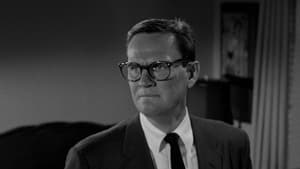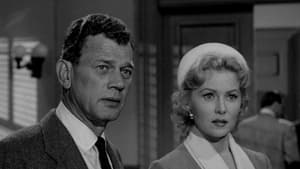Video Sources 0 Views
- The Killer is Loose 1956 Colorized

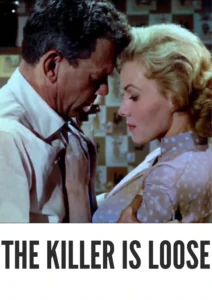
Synopsis
Table of Contents
Toggle
Dive into the tense world of 1950s crime with The Killer Is Loose, a gripping film noir now brilliantly colorized to amplify its dramatic impact. Starring Joseph Cotten and Rhonda Fleming, this classic crime drama, directed by Budd Boetticher, delivers a suspenseful narrative of a man wrongly accused and the chaos that ensues after his escape. This HD download is perfect for enthusiasts of classic cinema and those captivated by intense, character-driven stories.
The Killer Is Loose tells the story of Sam Wagner (Joseph Cotten), a mild-mannered bank teller who is mistakenly identified as an accomplice in a bank robbery. Detective Sam Drummond (Wendell Corey) leads the investigation, and Wagner is eventually apprehended and sentenced to prison. Embittered by his unjust conviction and the loss of his wife’s respect, Wagner vows revenge on Drummond and everyone involved in his case.
After his escape, Wagner embarks on a relentless mission of vengeance, terrorizing the city and targeting Drummond’s wife, Lila (Rhonda Fleming). Drummond finds himself in a desperate race against time to stop Wagner before he can carry out his deadly plans. The film escalates into a harrowing cat-and-mouse game, filled with suspense and unexpected twists, as Drummond confronts his own guilt and the devastating consequences of his actions. The Killer Is Loose is a compelling exploration of justice, revenge, and the human cost of crime.
The film features a stellar cast, each delivering powerful performances:
-
Joseph Cotten as Sam Wagner
-
Rhonda Fleming as Lila Drummond
-
Wendell Corey as Detective Sam Drummond
-
Alan Hale Jr. as Detective Chris Loomis
-
John Larch as Otto Flanders
The Killer Is Loose is a prime example of a crime drama, blending elements of film noir with a strong emphasis on suspense and psychological tension. Its gritty realism and morally complex characters set it apart, making it a standout in the genre.
Released in 1956, The Killer Is Loose reflects the anxieties and social issues of post-war America. The film taps into the era’s concerns about crime, justice, and the psychological impact of violence. During this period, crime films gained popularity as they explored the darker aspects of society, often questioning the boundaries between right and wrong. The Killer Is Loose stands as a significant work that captures the mood and moral ambiguity of its time.
This colorized version of The Killer Is Loose has been meticulously restored using state-of-the-art digital techniques, enhancing the visual experience while retaining the film’s original atmosphere of suspense. The colorization process involved a careful analysis of the grayscale tones in the original black and white footage, with historically accurate colors added to each scene. Sophisticated algorithms were used to ensure a natural and realistic color palette, bringing new life to the characters and settings. While the debate about colorizing classic films continues, this restoration introduces The Killer Is Loose to a broader audience, ensuring its legacy for future generations.
-
: Budd Boetticher
-
: Harold Medford
-
: John and Ward Hawkins
-
: Lucien Ballard
-
: Grant Whytock
-
: United Artists
-
: United Artists
-
: 73 minutes
-
: MP4
-
: HD (1080p)
-
: Compatible with most devices, including smartphones, tablets, computers, and smart TVs.
The Killer Is Loose (1956) is celebrated for its taut direction, strong performances, and gripping storyline. Critics have praised Joseph Cotten’s portrayal of the vengeful Sam Wagner and Budd Boetticher’s ability to create suspense with limited resources. Although not as widely recognized as some other films noir, The Killer Is Loose remains a powerful and influential work in the crime drama genre. Its intense atmosphere and morally complex characters continue to resonate with audiences today.
-
: What is The Killer Is Loose about?
-
A: The Killer Is Loose is about a man wrongly accused of a crime who escapes prison and seeks revenge on those he believes wronged him.
-
-
: Is The Killer Is Loose (1956) a well-known film noir?
-
A: While not as famous as some other films noir, The Killer Is Loose is a highly regarded and influential example of the genre.
-
-
: Is this version of The Killer Is Loose colorized?
-
A: Yes, this version has been professionally colorized to enhance the viewing experience.
-
-
: What makes The Killer Is Loose interesting for film noir fans?
-
A: The Killer Is Loose offers a compelling exploration of revenge, justice, and the psychological impact of crime, with strong performances and taut direction.
-
-
: What is the download format?
-
A: The download format is MP4, which is compatible with most devices.
-
-
: What resolution is the download?
-
A: The resolution is HD (1080p), providing a high-quality viewing experience.
-
Watch The Killer Is Loose Today!
